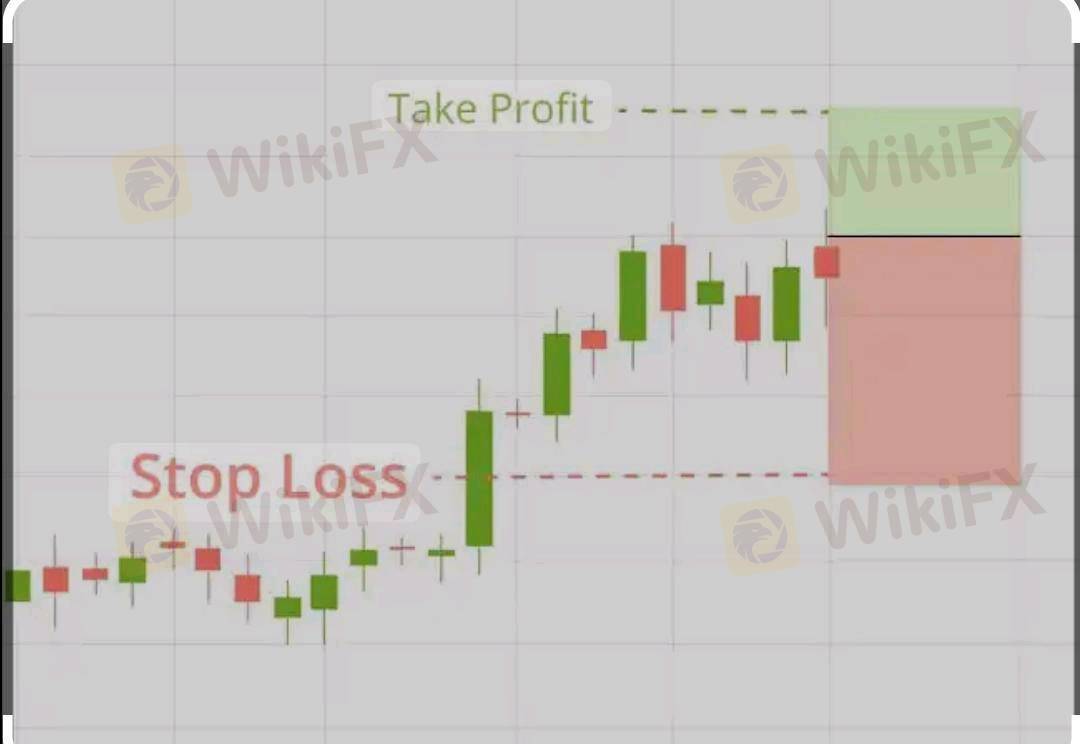
2025-01-29 17:38
A l'instar de l'industrieTools for setting take profits and stop loss in
#firstdealofthenewyearAKEEL
Properly setting stop-loss (SL) and take-profit (TP) levels is crucial for risk management and trade success. Here are the best tools to help you:
1. ATR (Average True Range) Indicator
Use: Measures market volatility to set dynamic SL & TP levels.
How to Use:
If ATR = 50 pips, you can set your stop-loss 1.5x ATR (75 pips) and take-profit 2x ATR (100 pips).
Best For: Volatile markets & trend-following strategies.
2. Fibonacci Retracement Levels
Use: Identifies potential SL & TP based on key support/resistance levels.
How to Use:
Place SL below the next Fibonacci level in a buy trade.
Set TP near the next resistance level.
Best For: Swing traders & technical traders.
3. Support & Resistance Levels
Use: Price tends to reverse at key historical levels.
How to Use:
Place SL just below support (for buys) or above resistance (for sells).
Set TP at the next key level.
Best For: Trend trading & breakout strategies.
4. Risk-Reward Ratio (RRR) Calculator
Use: Ensures a positive RRR (e.g., 1:2 or higher).
How to Use:
If risking 50 pips, TP should be at least 100 pips for a 1:2 ratio.
Best For: Systematic trading & capital preservation.
5. Moving Averages (MA)
Use: Dynamic SL/TP based on trend direction.
How to Use:
SL below 50 EMA in an uptrend.
TP at the 200 EMA or major resistance.
Best For: Trend-following strategies.
6. Trailing Stop-Loss
Use: Moves SL automatically as price moves in your favor.
How to Use:
Set a trailing stop 20-50 pips behind price.
Adjust based on volatility (ATR method).
Best For: Letting profits run while reducing risk.
7. Psychological Round Numbers (e.g., 1.2000, 1.1500)
Use: Markets often react at whole numbers.
How to Use:
Place SL just below key psychological support levels.
Set TP near major round-number resistance levels.
Best For: Major forex pairs like EUR/USD, GBP/USD.
Which One Should You Use?
✔ Short-term traders: ATR, MA, round numbers.
✔ Swing traders: Fibonacci, support & resistance.
✔ Trend followers: Moving averages, trailing stops.
✔ Scalpers: Tight SL based on recent price action.
Would you like a calculator or automated tool for SL & TP settings?
#firstdealofthenewyearAKEEL
J'aime 0
nanarh_aisharh
Trader
Discussions recherchées
A l'instar de l'industrie
WikiFX recrute: Un(e) spécialiste e-marketing Forex à temps partiel
A l'instar de l'industrie
WikiFX recrute un(e) spécialiste marketing
A l'instar de l'industrie
Tirages au sort WikiFX - Tentez votre chance pour gagner un crédit d’appel !
A l'instar de l'industrie
Chemin à la fortune : Indications de l'activité Airdrop WikiBit
Analyse de marché
construction
A l'instar de l'industrie
Route à la Fortune : Indications de l'activité Airdrop Spécial WikiBit
Catégorisation des marchés

Plateformes

Signalement

Agents

Recrutement

EA

A l'instar de l'industrie

Marché

Indicateur
Tools for setting take profits and stop loss in
 Nigeria | 2025-01-29 17:38
Nigeria | 2025-01-29 17:38#firstdealofthenewyearAKEEL
Properly setting stop-loss (SL) and take-profit (TP) levels is crucial for risk management and trade success. Here are the best tools to help you:
1. ATR (Average True Range) Indicator
Use: Measures market volatility to set dynamic SL & TP levels.
How to Use:
If ATR = 50 pips, you can set your stop-loss 1.5x ATR (75 pips) and take-profit 2x ATR (100 pips).
Best For: Volatile markets & trend-following strategies.
2. Fibonacci Retracement Levels
Use: Identifies potential SL & TP based on key support/resistance levels.
How to Use:
Place SL below the next Fibonacci level in a buy trade.
Set TP near the next resistance level.
Best For: Swing traders & technical traders.
3. Support & Resistance Levels
Use: Price tends to reverse at key historical levels.
How to Use:
Place SL just below support (for buys) or above resistance (for sells).
Set TP at the next key level.
Best For: Trend trading & breakout strategies.
4. Risk-Reward Ratio (RRR) Calculator
Use: Ensures a positive RRR (e.g., 1:2 or higher).
How to Use:
If risking 50 pips, TP should be at least 100 pips for a 1:2 ratio.
Best For: Systematic trading & capital preservation.
5. Moving Averages (MA)
Use: Dynamic SL/TP based on trend direction.
How to Use:
SL below 50 EMA in an uptrend.
TP at the 200 EMA or major resistance.
Best For: Trend-following strategies.
6. Trailing Stop-Loss
Use: Moves SL automatically as price moves in your favor.
How to Use:
Set a trailing stop 20-50 pips behind price.
Adjust based on volatility (ATR method).
Best For: Letting profits run while reducing risk.
7. Psychological Round Numbers (e.g., 1.2000, 1.1500)
Use: Markets often react at whole numbers.
How to Use:
Place SL just below key psychological support levels.
Set TP near major round-number resistance levels.
Best For: Major forex pairs like EUR/USD, GBP/USD.
Which One Should You Use?
✔ Short-term traders: ATR, MA, round numbers.
✔ Swing traders: Fibonacci, support & resistance.
✔ Trend followers: Moving averages, trailing stops.
✔ Scalpers: Tight SL based on recent price action.
Would you like a calculator or automated tool for SL & TP settings?
#firstdealofthenewyearAKEEL
J'aime 0
Je veux faire un commentaire aussi.
Poser une question
0commentaires

Aucun commentaire pour l'instant. Soyez le premier de faire un commentaire !

Poser une question
Aucun commentaire pour l'instant. Soyez le premier de faire un commentaire !